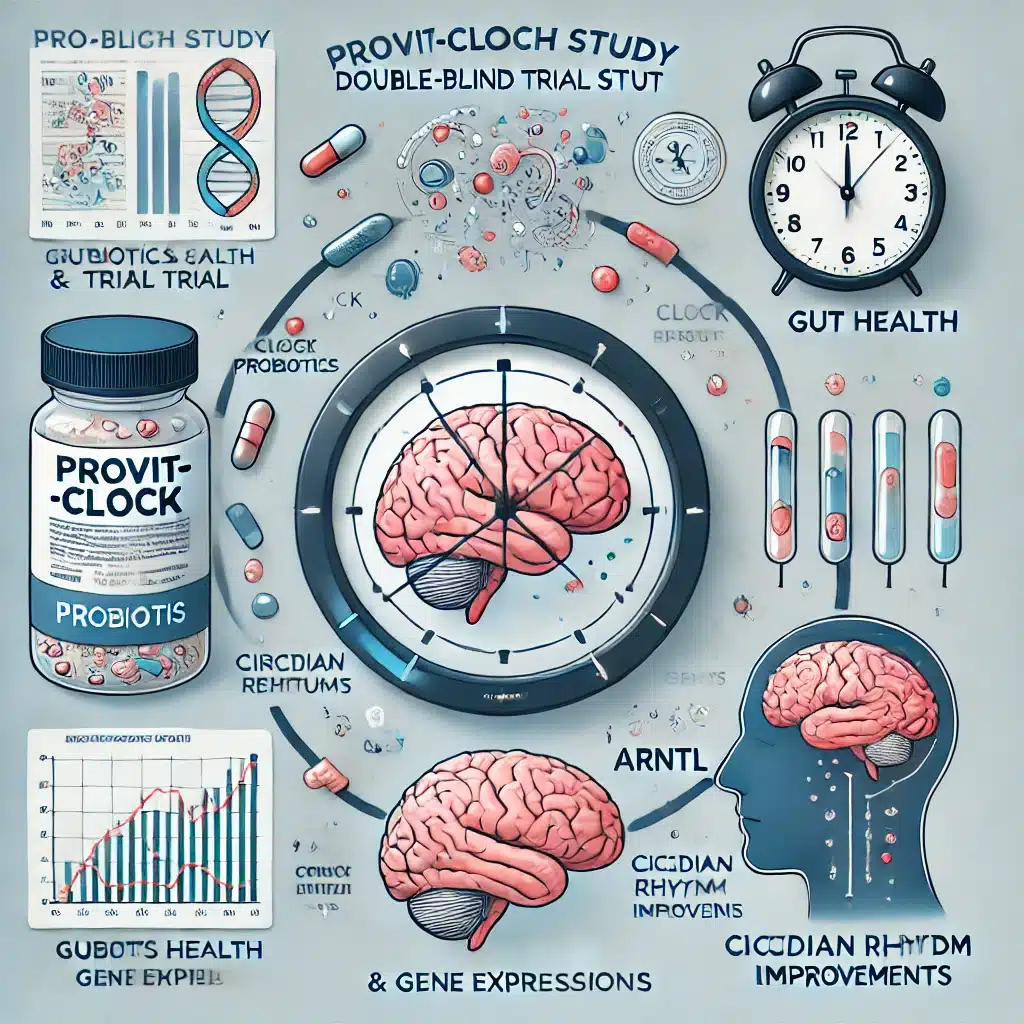This study found that individuals with the AG/GG genotype of the A118G SNP in the OPRM1 gene experienced more pleasant and fewer unpleasant effects from hydromorphone compared to those with the AA genotype, suggesting genotype-based differences in opioid sensitivity.
Highlights:
- Positive Effects: Participants with the AG/GG genotype reported significantly more positive effects (e.g., good effects, stimulation, talkativeness) and fewer negative effects (e.g., itchy skin, nausea) from hydromorphone compared to those with the AA genotype.
- Physiological Response: AG/GG genotype participants showed less physiological reactivity (e.g., smaller reductions in heart rate and diastolic blood pressure) and more changes in core temperature than AA genotype participants.
- Dosage Sensitivity: AG/GG individuals showed limited response to 2 mg and 4 mg hydromorphone doses, with more pronounced effects only at 8 mg, unlike AA individuals who displayed a more typical dose-dependent response.
- Behavioral Observations: Blinded observers noted AG/GG participants as more talkative and energetic, aligning with self-reported increased stimulation and positive effects.
- Potential Risk Profile: The AG/GG genotype may indicate a lower sensitivity to opioids, which could be a potential marker for future opioid use risk, similar to the low response phenotype observed in alcohol use disorder.
Source: Addiction Biology (2024)
Major Findings: OPRM1 Gene SNP (A118G) vs. Opioid Effects (2024)
Kelly E. Dunn et al. evaluated how genotypes of the A118G SNP of the OPRM1 gene influence responses to opioids in humans – below are the main findings.
1. Positive Effects of Hydromorphone
Participants with the AG/GG genotype of the A118G SNP in the OPRM1 gene reported significantly more positive effects from hydromorphone compared to those with the AA genotype.
These effects included feelings of elation, increased energy, and talkativeness.
On a practical level, this means that individuals with the AG/GG genotype found the drug more enjoyable and stimulating.
For example, they rated their experience higher on scales measuring “Good Effects” and “Stimulation.”
Why It Matters: Understanding these differences can help personalize opioid prescriptions, potentially reducing the risk of misuse and improving patient outcomes. If a person finds a drug more pleasurable, they might be more likely to use it again, which can increase the risk of developing an addiction.
2. Fewer Negative Effects
Individuals with the AG/GG genotype also reported fewer negative effects from hydromorphone.
These adverse effects, such as itchy skin, nausea, and sleepiness, were less pronounced in AG/GG individuals compared to those with the AA genotype.
For instance, while both groups might experience some discomfort, the intensity and frequency of these negative reactions were lower in the AG/GG group.
Why It Matters: Reduced negative side effects can lead to higher patient compliance and satisfaction with opioid treatment. Knowing which patients are less likely to suffer from these unpleasant effects can guide doctors in choosing the right opioid and dosage for pain management.
3. Physiological Responses
The study found notable differences in physiological responses between the two genotypes.
AG/GG individuals showed less physiological reactivity to hydromorphone, evidenced by smaller reductions in heart rate and diastolic blood pressure.
However, they exhibited more changes in core temperature compared to AA individuals.
This indicates that while the AG/GG group might feel less of the traditional opioid-induced sedation and blood pressure drop, they could experience other bodily changes.
Why It Matters: These physiological differences can impact how opioids are managed in different individuals. Understanding these variances helps in monitoring and potentially adjusting treatment to ensure safety and effectiveness, particularly in critical care settings where precise physiological responses are crucial.
4. Dosage Sensitivity
Individuals with the AG/GG genotype exhibited a limited response to lower doses (2 mg and 4 mg) of hydromorphone, showing significant effects only at higher doses (8 mg).
In contrast, AA individuals displayed more typical dose-dependent responses, with noticeable effects at each dosage level.
This suggests that the AG/GG group has a higher threshold for feeling the drug’s effects.
Why It Matters: This finding is critical for dosing strategies. For effective pain management, patients with the AG/GG genotype may require higher doses to achieve the desired therapeutic effects. Conversely, understanding this can prevent under-dosing in these patients, which might lead to inadequate pain relief and unnecessary suffering.
5. Behavioral Observations
Blinded observers, who were unaware of the participants’ genotypes, noted that individuals with the AG/GG genotype were more talkative and energetic.
These behavioral changes were consistent with the self-reported data from the participants.
Increased talkativeness and energy are often associated with finding a drug more reinforcing, meaning that the AG/GG group might be more likely to enjoy and potentially misuse opioids.
Why It Matters: These behavioral cues provide additional evidence supporting the differences in drug response based on genotype. This insight can be used to develop more comprehensive monitoring and support strategies for patients with the AG/GG genotype, potentially reducing the risk of opioid misuse and addiction.
The OPRM1 Gene & the A118G SNP: Impact on Opioid Effects

The OPRM1 Gene
Function
- The OPRM1 gene encodes the mu-opioid receptor (MOR), which is the primary site of action for opioids such as morphine, heroin, and hydromorphone.
- This receptor is a G-protein coupled receptor (GPCR) located on the surface of neurons and is involved in modulating pain perception, reward, and addictive behaviors.
Mechanism
- When opioids bind to the mu-opioid receptor, they activate the receptor, leading to a series of intracellular events that result in analgesia (pain relief), euphoria, and other opioid effects.
- Activation of MOR inhibits adenylate cyclase activity, decreases cAMP levels, opens potassium channels, and closes calcium channels, which leads to reduced neuronal excitability and neurotransmitter release.
The A118G SNP of the OPRM1 Gene
Description
- The A118G single nucleotide polymorphism (SNP) involves a change from adenine (A) to guanine (G) at position 118 of the OPRM1 gene.
- This results in an amino acid substitution from asparagine (Asn) to aspartic acid (Asp) at position 40 in the N-terminal extracellular domain of the mu-opioid receptor.
Allelic Variations
- AA Genotype: Individuals have two copies of the adenine allele.
- AG Genotype: Individuals have one copy of adenine and one copy of guanine.
- GG Genotype: Individuals have two copies of the guanine allele.
Impact on Opioid Effects
Binding & Receptor Function
The A118G SNP affects the binding affinity and functional activity of the mu-opioid receptor.
- AA Genotype: The receptor typically has a higher binding affinity for both endogenous opioids (e.g., endorphins) and exogenous opioids (e.g., hydromorphone).
- AG/GG Genotype: The receptor may have altered binding properties, leading to reduced efficacy of opioid binding and signaling.
Mechanisms Explaining Differences
- Reduced Signaling Efficiency: The substitution of asparagine with aspartic acid can alter the receptor’s structure, impacting its ability to effectively bind and respond to opioids. This can result in reduced activation of downstream signaling pathways.
- Differential Receptor Density: Some studies suggest that the A118G SNP might influence the expression levels or density of the mu-opioid receptors on the cell surface, which could affect overall opioid sensitivity.
- Altered Agonist Binding: The A118G SNP might specifically impact the receptor’s interaction with certain opioid agonists, potentially requiring higher doses of opioids to achieve the same effect as seen in AA individuals.
What are the potential implications of the findings?
Opioid Sensitivity
AA Individuals: Typically experience more pronounced opioid effects, both positive (e.g., pain relief, euphoria) and negative (e.g., nausea, sedation), at standard doses.
AG/GG Individuals: Often require higher doses to achieve similar levels of analgesia and euphoria. They tend to report fewer negative effects, possibly due to lower receptor activation.
Potential for Opioid Use Disorder (OUD)
Reduced sensitivity in AG/GG individuals may lead to increased opioid use to attain desired effects, potentially elevating the risk of developing OUD.
The variations in response profiles suggest that AG/GG individuals may find opioids more stimulating and less aversive, which could influence their patterns of use and risk for addiction.
Therapeutic Considerations
Understanding these genetic differences is crucial for developing personalized opioid prescribing practices.
Tailoring opioid doses based on a patient’s OPRM1 genotype could improve pain management outcomes and reduce the risk of adverse effects and misuse.
Conclusion: A118G SNP of OPRM1 Gene & Opioid Responses
This study provides compelling evidence that the A118G SNP of the OPRM1 gene significantly influences opioid response profiles, with individuals possessing the AG/GG genotype experiencing more positive and fewer negative effects from hydromorphone compared to those with the AA genotype.
These findings suggest that the AG/GG genotype is associated with reduced opioid sensitivity, which may necessitate higher opioid doses for effective pain relief.
The differential physiological and behavioral responses observed in AG/GG individuals highlight the potential for this genetic variation to contribute to personalized opioid prescribing practices.
By tailoring opioid treatments based on genetic profiles, healthcare providers can optimize pain management, minimize adverse effects, and potentially reduce the risk of opioid misuse and addiction.
Further research in clinical populations is essential to validate these laboratory findings and fully integrate them into precision medicine approaches for opioid therapy.
References
- Study: Polymorphisms in the A118G SNP of the OPRM1 gene produce different experiences of opioids: A human laboratory phenotype–genotype assessment (2024)
- Authors: Kelly E. Dunn et al.








